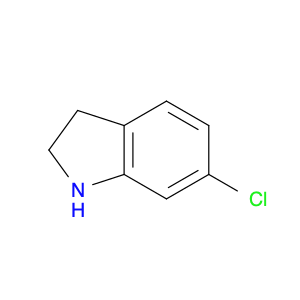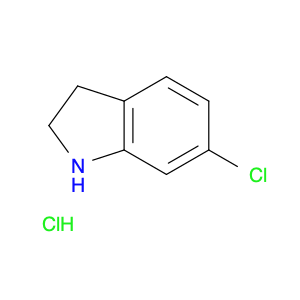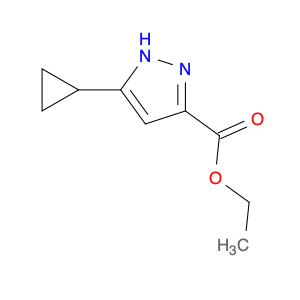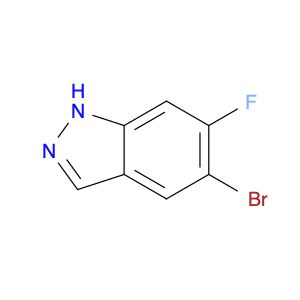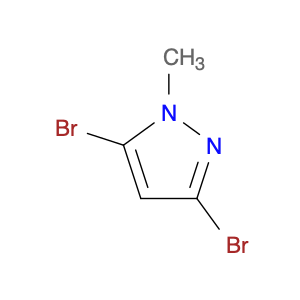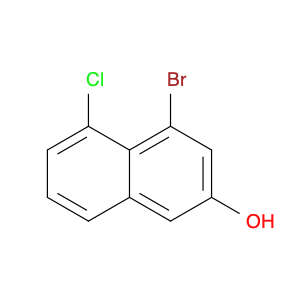6-Chloro-2,3-dihydro-1H-indole, also known as $name$, plays a crucial role in chemical synthesis as a versatile building block in the creation of various pharmaceuticals and organic compounds. Its unique structure, containing both a chloro group and an indole ring, allows for diverse reactions and functionalization, making it highly valuable in synthetic chemistry.One key application of $name$ is in the synthesis of heterocyclic compounds, where it serves as a valuable intermediate for producing a wide range of biologically active molecules. The chloro group can undergo substitution reactions, leading to the introduction of different functional groups and enabling the modification of the molecule's properties. Additionally, the indole ring moiety in $name$ is a common motif found in many natural products and pharmaceuticals, further adding to its significance in chemical synthesis.Furthermore, the presence of the chloro group in 6-Chloro-2,3-dihydro-1H-indole allows for selective transformations, making it a versatile starting material for the construction of complex molecular structures. Its reactivity and potential for further derivatization make it a valuable asset in the development of new drug candidates, agrochemicals, and materials with tailored properties.In conclusion, the strategic use of 6-Chloro-2,3-dihydro-1H-indole in chemical synthesis offers a wealth of opportunities for designing and crafting intricate molecules with specific functionalities, making it an indispensable component in the toolbox of synthetic chemists.
 sales@aaronchem.com
sales@aaronchem.com
